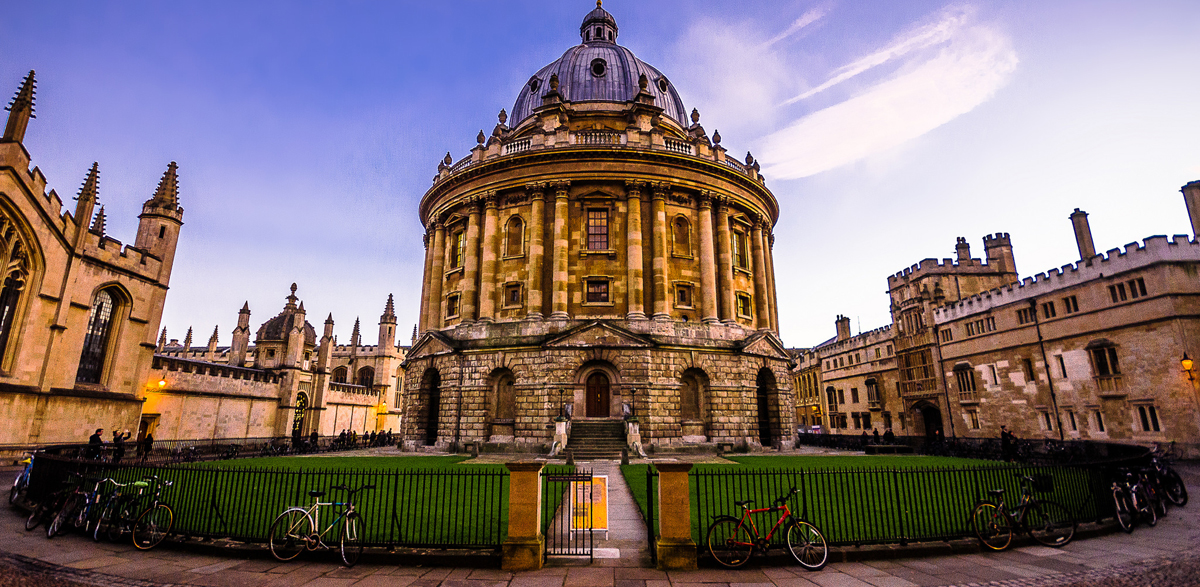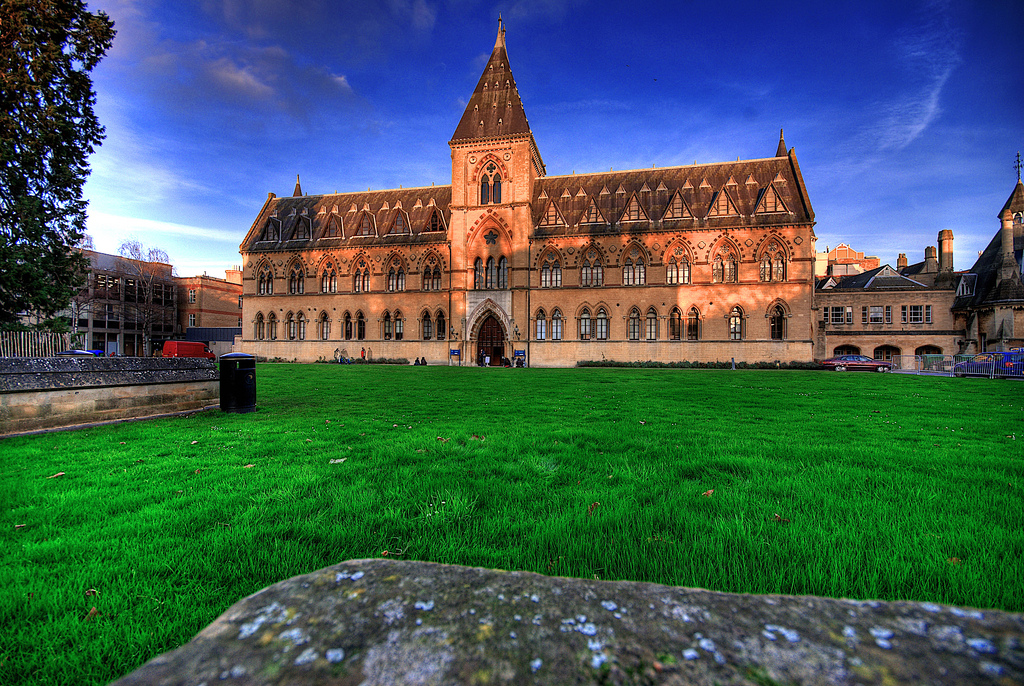Add a review Track
Previous photo Next photo




The university city of Oxford, located northwest of London, has become famous for being one of the oldest institutions of higher learning in the world. Of the city's 150,000 population, one in five is a student. However, the atmosphere of relaxed fun, thirst for knowledge and sincere belief in science attracts not only those who want to study to this place. Be sure to stay here for a few days to see all the sights of the small town.
For 9 centuries, Oxford University has been formed as a single unique complex, in which today 38 autonomous colleges, 6 private closed institutions (owned by religious orders), as well as 4 museums and a giant library function and interact. Anyone can feel the spirit of antiquity and look at modern technologies in education.
Almost all buildings of the complex are happy to see guests and tourists for free. Be sure to check the schedule of visits on the university website.
It is rather difficult to indicate the date of foundation of the university. However, history shows that teaching at Oxford began in 1167, when King Henry II forbade English students to study at the Sorbonne. The oldest are - University College (The University College, founded in 1249), Balliol (Balliol, 1260) and Merton (Merton, 1264). The largest and most aristocratic college is rightfully called Christ Church, built in 1546 by order of Henry VIII. Not inferior in beauty and Magdalen College (Magdalen College), founded in 1458 by one of the teachers of Winchester College. The bell tower and Magdalen Bridge have become a symbol of the city, and the college choir sings the communion hymn on the tower every May 1st. The youngest is Green Templeton College, which has been in existence since 2008.
The famous Harry Potter saga was filmed at Christ Church College.
In addition to the most beautiful college buildings on campus, you must definitely visit the unique museums and library. The Bodleian Library was founded in 1598. It is the largest library in Oxford with over 11 million books. The priceless collection contains unique copies of the oldest books, such as the Gutenberg Bible or the Magna Carta, as well as more than 10,000 medieval manuscripts. The archives can be used not only by students, but also by residents of the city, who account for about 40% of the library's readers.
The Ashmolean Museum was founded in 1683. This is the first museum in England open to the public. Here you can see works by Leonardo da Vinci, Raphael, Michelangelo, Rembrandt and Constable. As well as valuable rarities - the Stradivari violin "Messiah", the ceremonial outfit of Lawrence of Arabia, the death mask of Cromwell, the Guy Fawkes lantern.
Oxford University has given the world about 50 Nobel laureates. In addition, graduates at different times were such famous people as Tony Blair, Bill Clinton, Hugh Grant, Margaret Thatcher, Lewis Carroll, Oscar Wilde, John Locke, Jonathan Swift, John Ronald Reuel Tolkien and many others.
Museum of Natural History (The University Museum of Natural History) Oxford University has not only scientific, but also architectural value. The museum building was built between 1855 and 1860 in neo-Gothic style. If you are traveling with children, then you just need to visit this place. The main exhibition contains the most valuable skeletons of dinosaurs and mammoths. The famous exhibit of the museum is the extinct flightless Dodo bird, which became the character of the book of Lewis Carroll's book "Alice in Wonderland". The Oxford Dodo is the best preserved exhibit in the world. A separate stand is dedicated to him, which is decorated in the style of the book, so beloved by the British.
Practical information
Oxford is located 90 km from London. You can get from the city in any way convenient for you: by taxi, bus or train. Every 30 minutes from London Paddington station (Paddington station in the north-west part of London) there is a train to Oxford. Or you can take a bus to the campus from several points in London every 10-20 minutes.
Education systems in different countries
All articles about studying abroad on Subtleties
- Malta + English
The best universities in the world
- UK universities: Eton, Cambridge, London and others
- Universities in Germany: Berlin im. Humboldt, Düsseldorf Academy of Arts and others
